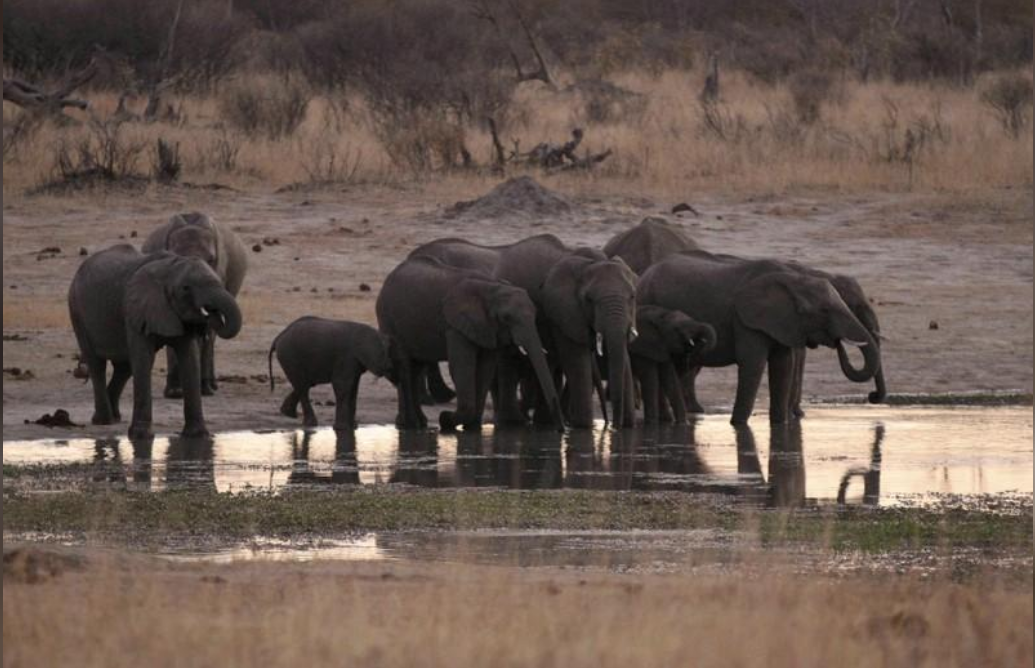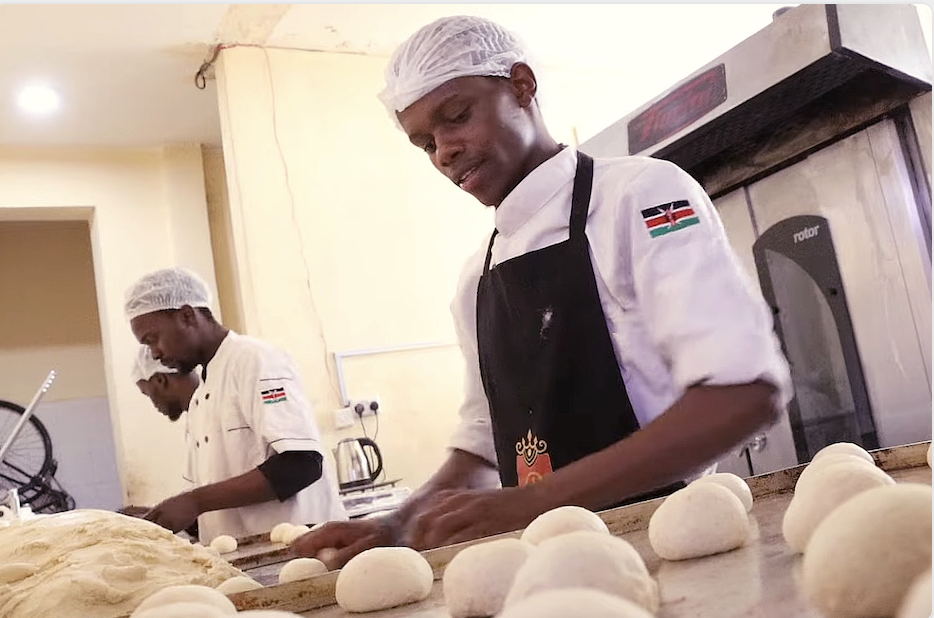
Drought-hit Zimbabwe prepares for mass wildlife migration

Thousands of animals in Zimbabwe are at risk of death due to drought-induced starvation prompting the country to plan to carry out a mass migration of wildlife away from a park in the south of the country.
According to Zimbabwe Parks and Wildlife(Zimparks) on Monday, at least 200 elephants have been reported dead at two other parks due to lack of food an water along with scores of buffalo and antelope.
“They will continue (to die) until the rains come. The biggest threat to our animals right now is loss of habitat,” Zimparks spokesman Tinashe Farawo told Reuters.
Farawo is quoted saying Zimparks and private partners planned to move 600 elephants as well as giraffes, lions, buffalo, antelope and spotted wild dogs from Save Valley Conservancy in southern Zimbabwe to three other national parks.
He called it the biggest translocation of animals in the history of wildlife movement there because the distance being covered is more than 1,000 kilometers.
The migration will help save the conservancy’s ecosystem by depopulating it because the animals “are now becoming a threat to their own survival,”said Farawo.
The effects of the El-Nino-induced drought have also taken a toll on the crops leaving more than half of the population in need of food aid.
The translocation is set to start once the summer rains expected to start this week which would offer major relief for the stricken animals and for farmers preparing for the 2019/20 planting season.






